Avoiding Injuries In Cold Weather and Sample Warm Up
Posted by Paul Zaichik on
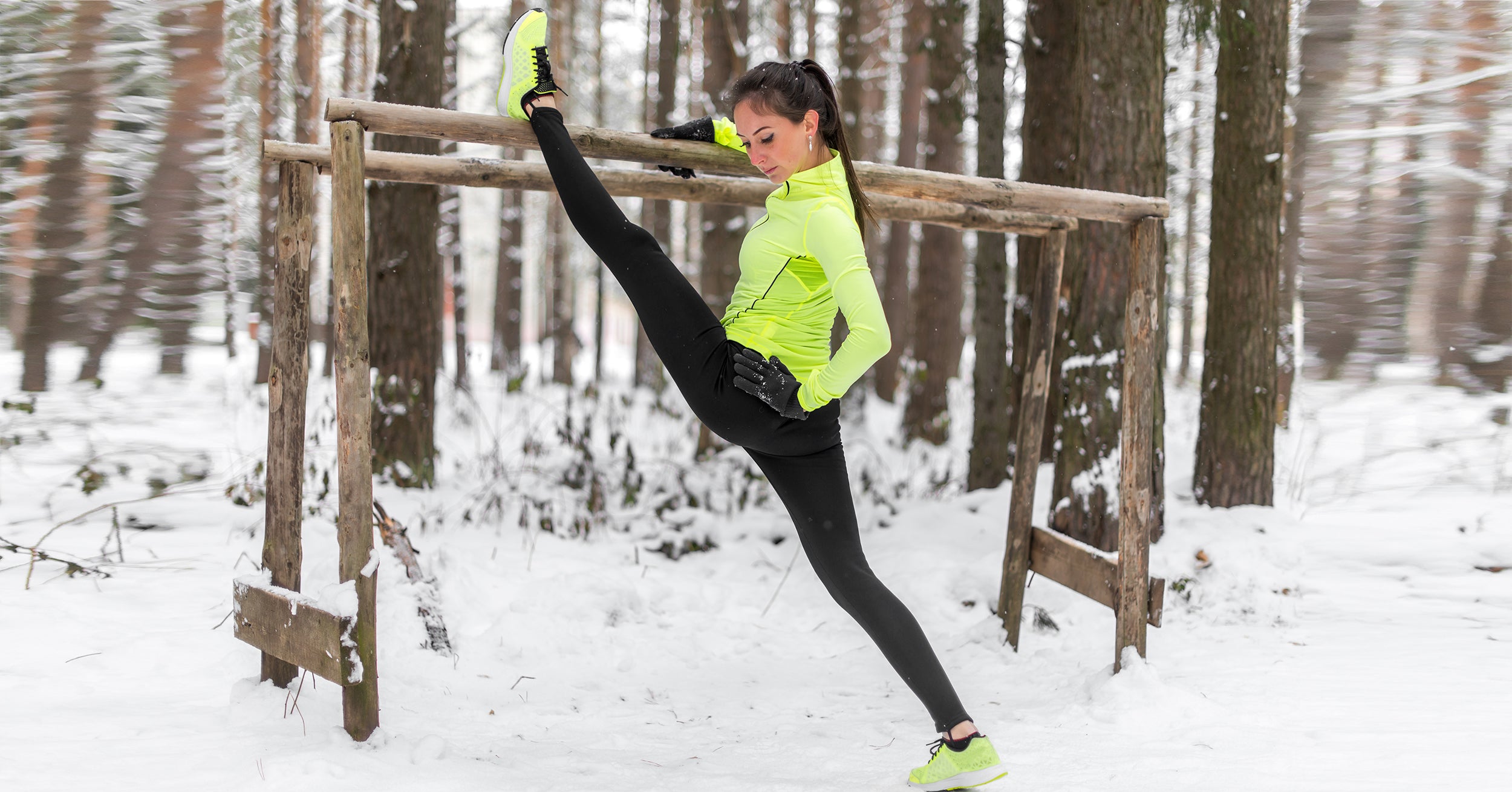
The thermometer has been at its lowest in recent days. I have been asked about training.
- Some people asked if they should dial their training back.
- Others wanted to know if there is an increased risk of injury when training at low temperatures.
- While others wondered how to warm up properly to avoid injuries.
The Basics
So let’s start with the basics. Research has proven what every person instinctively knows, that the probability of injuries rise in the cold. This is significant for many people:
- those who perform for a living,
- compete at high level or
- simply exercise for general wellness.
A large percentage of people train just outside of injury. This means that just a minor additional stressor can cause damage. Cold temperature can be that stressor.
The Tissues
Out of all the tissues, the tendons are most suspectable to cold, followed by ligaments. Muscle injuries can happen, but are less common.
Don’t confuse being “warm blooded” to being immune from the effect of temperature changes on your musculoskeletal system. Obviously all humans are warm blooded. However, some people do better in cold environment than others. Same way as some people tolerate heat better than others. This is worth mentioning because this culprit can be overlooked.
Being able to walk around in a shorts, T-shirts and slippers in a 40 Fahrenheit degree weather (+4 degrees celcius), is does not make one bullet-proof to injuries from the effect cold weather.
Training and the Inmune System
I have seen people make this mistake. Regardless of how you take cold and how strong your immune system is, your training can’t be the same in summer and in the winter, without an increased risk of injury, when temperatures drop. This is because of the defensive adaptation in your body to preserve heat.
The Proper Way
In terms of dialing back your training, when it get’s cold. Is it necessary? If done properly, no you don’t need to do that.
So what is “properly”? The most common answer I hear is “longer warm up”, “you need a longer warm up” is like a doctor telling a patient “you need to loose weight”. What does it mean? How do you do it?
My research and practice does not point to “longer warm up”, but to a more careful warm up. Or rather “more gradual warm up”.
Check out the Hip Combo - 6 Follow Along Routines
Some Great Advice
The first thing to keep in mind is that when the body is trying to preserve heat, the vital organs located in the center is the priority. This means the extremities get less heat distribution. So wearing long sleeves instead of a T-shirt, pants instead of shorts is a good idea. Socks and even gloves. If any body part feels cold, it should be covered.
The Warm Up
Next is the warm up. The blood and heat must be moved out of the center toward the extremities. Also tissues around the joints should be warmed up gradually. For this reason, exercises that work the core and easy on the tendons are best to start with.
Hip Circles 10-20 times in each direction.
- Core Side Bends 2-3 sets of 10 alternating sides.
- Core Rotations 2-3 sets of 10 alternating sides.
- Shoulder girdle circles 2 sets of 10 forward and 2 sets of 10 back.
- Arms Circles 3 sets of 10 forward and back.
- Head and Neck Circles 2 sets of 10.
- Elbow Circles 2 sets of 10.
- Wrist Circles 2 sets of 10.
- High Knees 3 sets of 10.
- Butt Kicks 3 sets of 10.
- Knee Circles 2 sets of 10.
- Ankle Circles 2 sets of 10 each side, in each direction.
- Toe presses 2 sets of 10.
- Toe lifts 2 sets of 10.
From here you can go to a specific warm up to your target skill or sport.
The point of this routine was to show how to carefully warm up the body from the center and outward.
Some of the exercise were counter intuitive. For example high knees (or knee lifts) and butt kicks before knee circles. However this warm ups the knee joint without placing much stress on it, before actually concentrating on the joint articulation.
Principles
The principle to keep in mind here is amplitude. There are usually 2-3 sets. The amplitude of any movement should be smallest with first set and largest with the last set.
The arms circles are small on set 1 and large on set 3. High knees or butt kicks are low at first and as high as possible at the final set.
So for example the knee may rise below the hip level, then toward the hip level. (Horizontal thigh) and finally knee above the hip. For some this can mean quadriceps touching the ribs.
Summarizing
So in conclusion, cover the vulnerable parts of the body, warm up from the center outward and increase the amplitude of movement gradually.
Stay warm, safe and flexible!
Let us show you how to achieve an
Open Front Split, True Front Split and a Side Split Fast, Safe and Easy!
Our programs are scientifically based and created by
a world-renowned fitness & flexibility expert Paul Zaichik
This program contains 27 videos focusing on:
- Mobility exercises for each joint, to keep your joints healthy and lubricated.
- Specific warmup exercises to gradually prepare your body for a split.
- Zaichik Stretching Techniques for each muscle involved in a split, so that your flexibility improves right away without pain.
- Extended Length Conditioning exercises, so that you not only become flexible but strong as well.
- Reciprocal Inhibition, plus Movement and Habituation Techniques, for functional flexibility.
Click here to learn more about this program!
Check out what other customers are saying about the program:
© ElasticSteel Corp., EasyFlexibility, Paul Zaichik, et. El., 2022. No part of the materials available through ElasticSteel.com, EasyFlexiiblity.com, site may be copied, photocopied, reproduced, translated or reduced to any electronic medium or machine-readable form, in whole or in part, without prior written consent of Paul Zaichik EasyFlexibility.com, Elasticsteel.com.. Any other reproduction in any form without the permission of Paul Zaichik EasyFlexibility.com, Elasticsteel.com is prohibited. All materials contained on this site are protected by United States copyright law and may not be reproduced, distributed, transmitted, displayed, published or broadcast without the prior written permission of Paul Zaichik, EasyFlexibility.com, Elasticsteel.com.
Share this post
1 comment






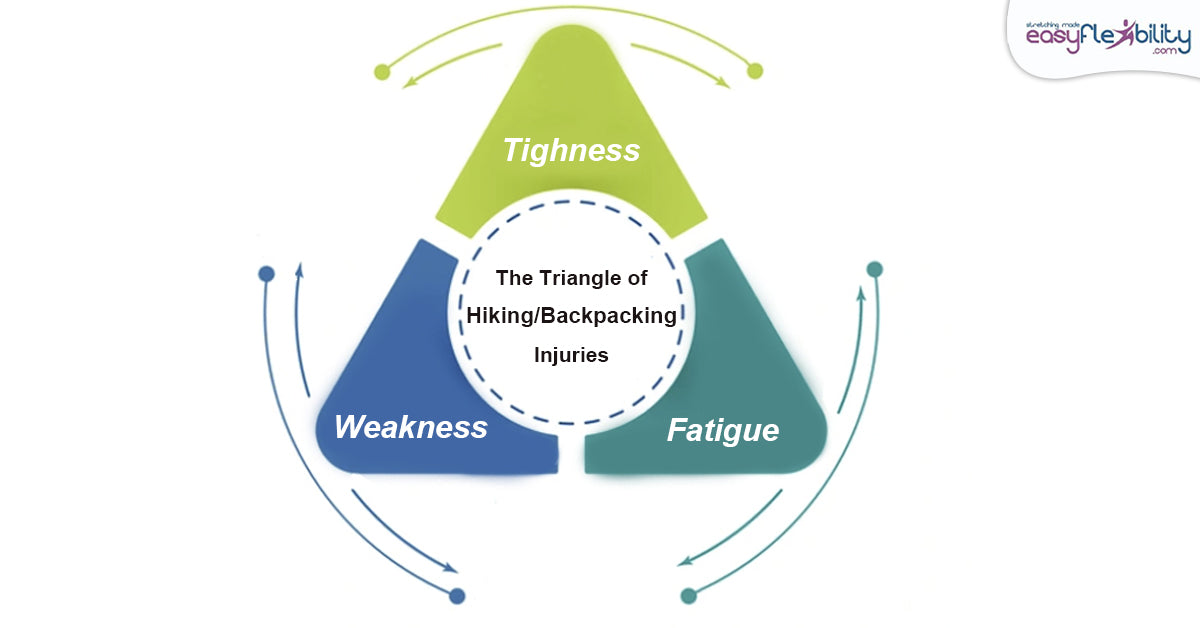
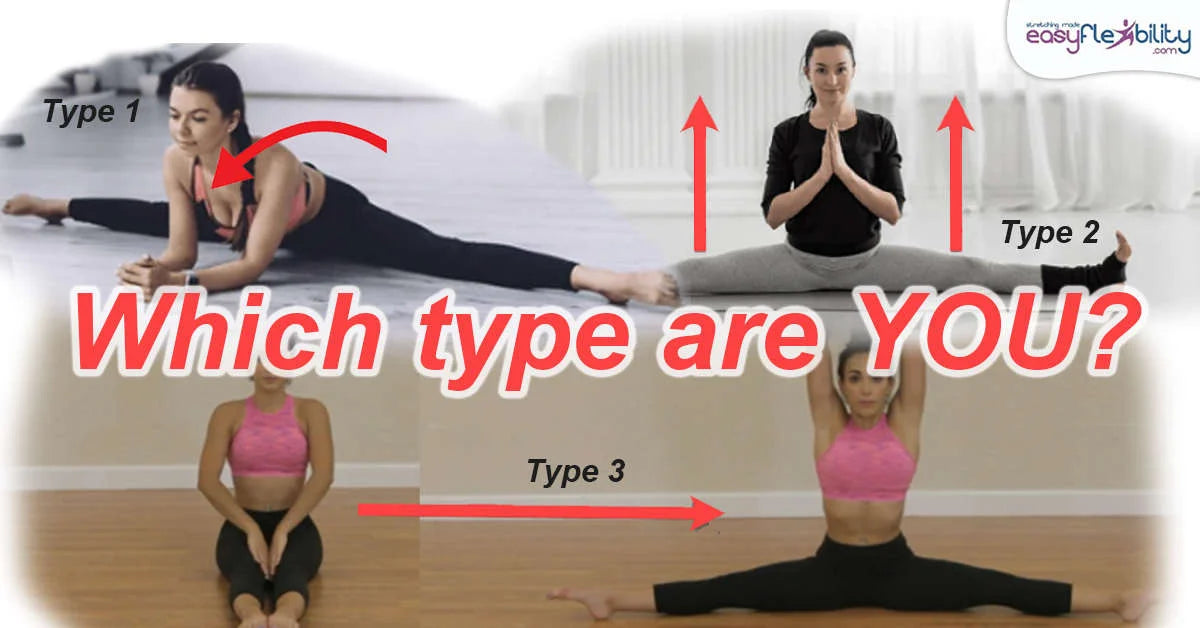

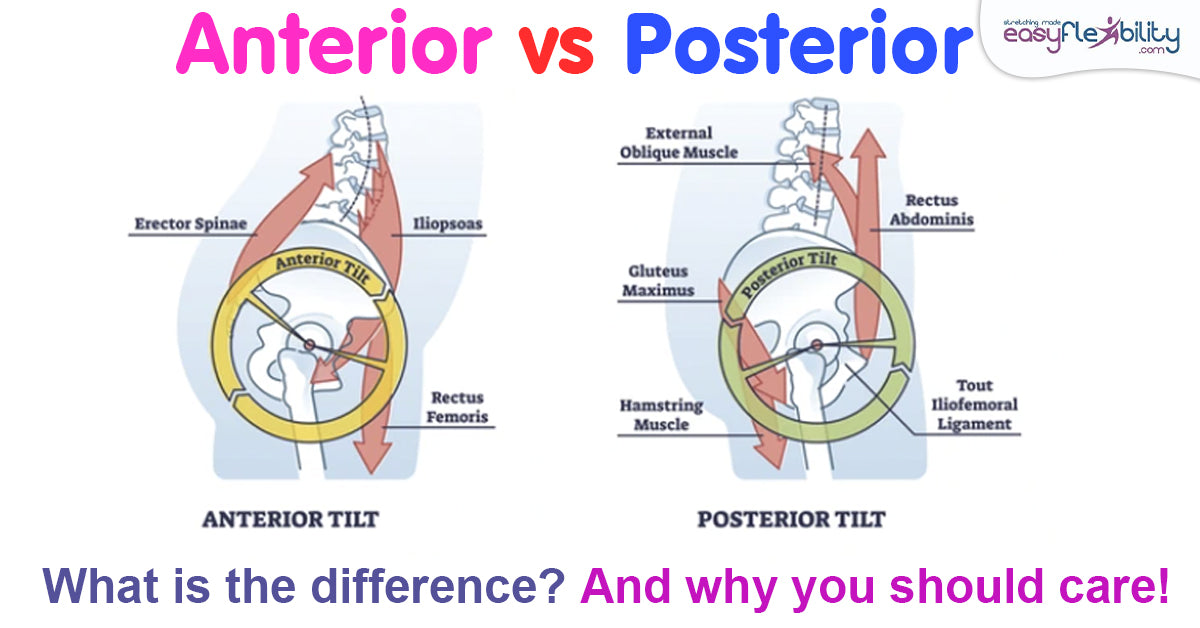
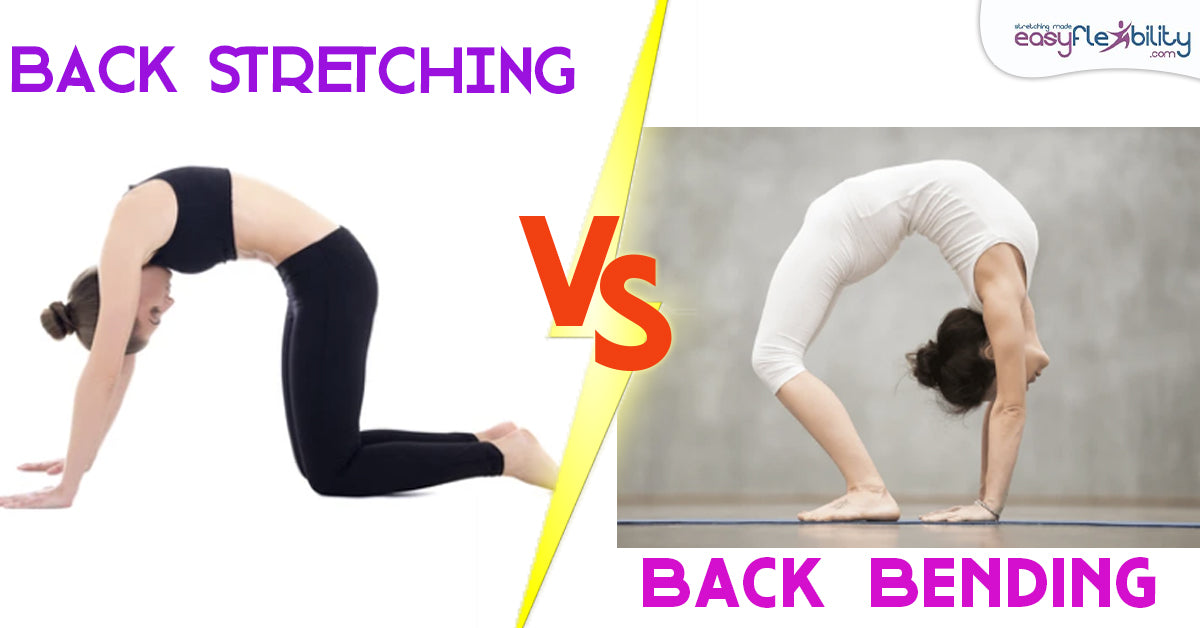
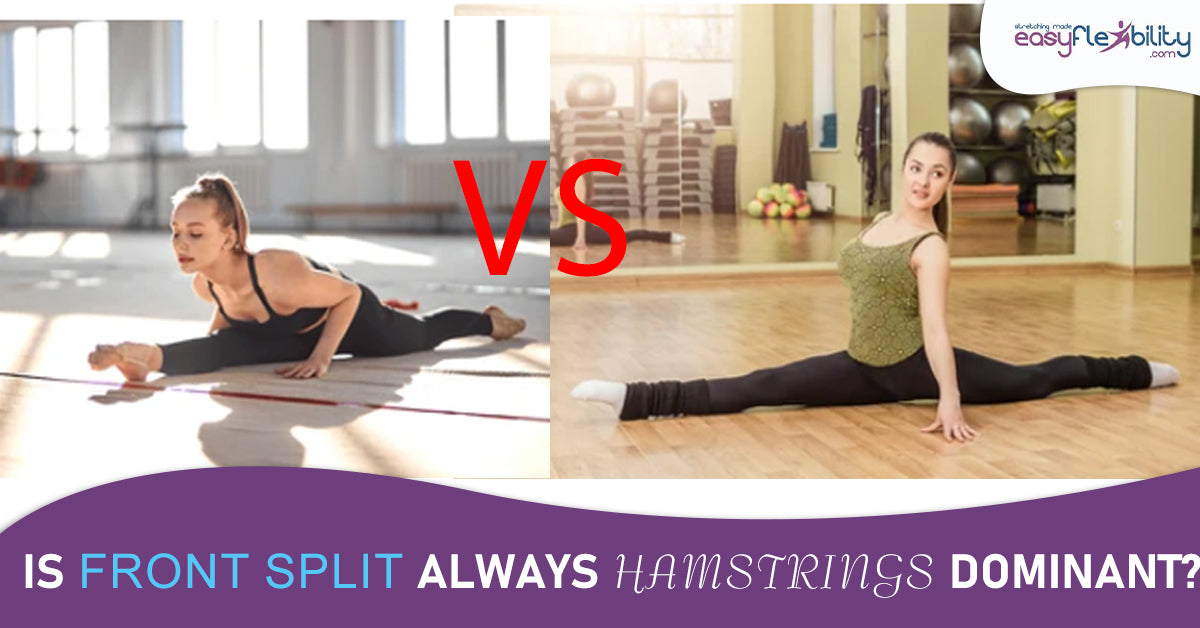
Great informaton and knowledge. Thanks a bunch.